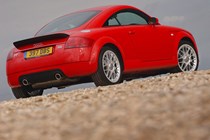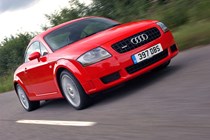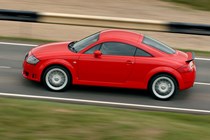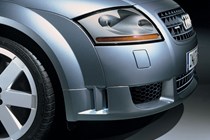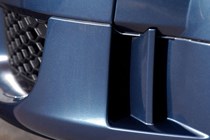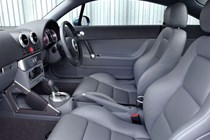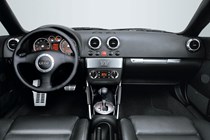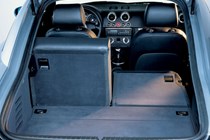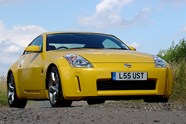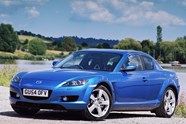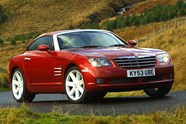Audi TT Coupe (1999-2006) review
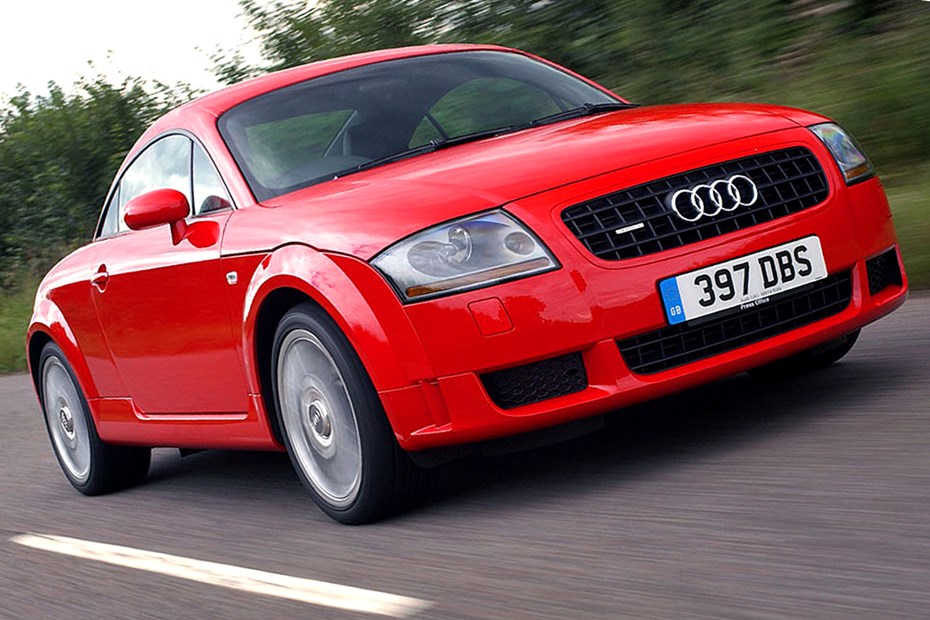
At a glance
| Price new | £20,925 - £30,302 |
|---|---|
| Used prices | £920 - £12,335 |
| Road tax cost | £360 - £735 |
| Insurance group | 33 - 40 |
Get an insurance quote with

|
|
| Fuel economy | Not tested to latest standards |
| Range | 355 - 464 miles |
| Number of doors | 2 |
| View full specs for a specific version | |
Available fuel types
Petrol
Pros & cons
- Iconic styling, sophisticated interior
- Great 1.8T engine
- Lots of specialist knowledge
- Search used Audi TT Mk1 cars for sale
- Not quite as good to drive as some contemporary rivals
- Early DSG transmissions can be troublesome
- Can be very expensive to put right if you're not careful
Audi TT Coupe (99-06) rivals
Overview
The Audi TT was launched back in 1999, and it’s still a head-turner today. It’s incredible if you think about it for such a forward-thinking and dynamic German brand, but the TT was Audi’s first true sports car since the original Quattro took its final bow and exited stage-left in ‘91.
Despite the rumours, the TT’s handling isn’t quite as life threatening as legend may have you believe. Lift-off oversteer could be alarming when driving flat out in the earliest cars but, by the time the TT arrived in the UK, the addition of a boot spoiler and a re-programmed stability control (ESP) system meant its road manners were tamed.
All models offer sparkling performance. Entry-level cars feature a Golf GTI-sourced 1.8-litre turbo engine (in 180 and 225hp forms), while the flagship variants get a super-smooth and powerful 3.2-litre V6 . Transmission options include a five-speed manual (1.8 only), a six-speed manual (225) and a couple of automatics – a six-speed Tiptronic or six-speed DSG on the top-of-the-range 3.2-litre Quattro. Interior trim comes in hard wearing cloth or ruched leather and, in true Germanic tradition, the materials wear their age rather well, as does the switchgear.
Audi TT Mk1 (1999-2006) known faults and common problems
1. SMOKY EXHAUSTS
Look out for grey or blue smoke on the overrun (backing off the accelerating after driving it hard) on the 1.8 turbo engine when the engine is warmed through. Give the car a good blip of the accelerator and see what comes out of the tailpipe. If the odometer shows more than 100,000 miles, you could need to budget for a reconditioned turbocharger (not cheap) or valve guides (not cheap) – or possibly both. On the subject of turbochargers, listen out for howling noises on boost opposed to a faint whistle – this noise signals turbo failure too.
2. INSTRUMENT CLUSTER
Ensure all the dials and warning lights work and extinguish as they should. Pay attention to the central display between the speedometer and rev counter, as it can occasionally go blank or not function at all. Exchange units are available aftermarket and are quite cheap to source, but they require specialist skills to fit as you need to remove the instrument cluster and solder it in.
3. HESITANT DSG TRANSMISSION
The six-speed DSG requires periodical oil changes that often get forgotten about by the time the car reaches its third owner. This can cause slow up-changes before eventually doing real damage to the internals. Refusal or erratic shift action when driving in manual mode points to a more sinister and eye-wateringly expensive problem, which is failure of the Mechatronic unit (the electronic brain of the transmission). Rough action, jerking or lurching in slow traffic is a sure-fire sign that the module has problems.
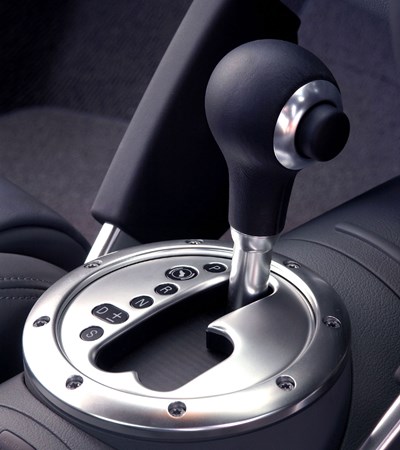
4. NOISY FRONT SUSPENSION
Listen for clattering or knocking front suspension. Pattering noises point to worn anti-roll bar links and/or bushes. Thumping or knocking noises that can also be felt through the steering tend to indicate bottom arm bushes or ball joint failure. Aftermarket lower arms are often a false economy, so be sure that any previous repairs to your potential purchase have been carried our using approved Audi spares.
5. UNLOVED OR POORLY-MODIFIED EXAMPLES
As with many vehicles of this vintage, (and especially with German brands), the TT often falls into the hands of fans who lack the deep pockets required to keep these machines in fine fettle. Avoid anything with missing service history, mismatched budget tyres, kerbed alloys and tail pipes modelled after the battleship guns that grace the entrance to the Imperial War Museum. Also, steer clear of cars with a lot of previous owners and avoid polished-up rubbish sold from bombsite trade forecourts – you have been warned.
6. GRUMBLING WHEELBEARINGS – NOISES FROM THE REAR WHEELS
Keep a keen ear open for humming noises that rise and fall in pitch from the rear of the car. Noises like that could signify a wheel bearing is past its best. Double-check by running your fingers along the inside edge of the tyre, feeling for a sharp tread pattern. This odd wear pattern can give a similar aural symptom, possibly saving you some money. Any reputable tyre fitting outlet can confirm.
7. HESITANT PERFORMANCE
All early models seem to suffer from ignition coil pack issues caused by old age, or in some cases, by the wrong fitment of spark plug. Symptoms include stuttering, misfiring, an illuminated engine management warning lamp or an obvious unstable and rough idle speed.
8. COOLANT LEAKS
More so with the 1.8-litre unit, look out for coolant leaks that could point towards a failing water pump. Audi dealers and independent brand specialists highly recommend that the pump is changed at the same time as the cambelt. If the vendor claims the belt was recently changed, probe them for further information and/or question the quality of the garage who did it.
9. DRIVER’S DOOR ISSUES
Double-check all the window and mirror switches work correctly. They can be temperamental and break easily, especially if they’ve been soaked with water. Rattling noises when driving with the window up may point towards the window and motor cassette assembly coming loose inside the door.
10. BODYWORK
The TT is very resilient to rust and from the factory, came with very exact shut lines and superb paint quality. Anything with rust around its edges suggests a past visit to a lesser-quality bodyshop, so look closely and feel for ‘nibble’ marks around the wings, doors and boot edges to confirm paint correction. The headlamps can also be affected by UV rays, which causes the lenses to turn a milky colour. That’s an MOT failure in extreme cases, but the issue can be remedied professionally. Prices vary, though, so shop around.
A popular and solid choice
In summary, buyers on even the most stringent budget can find a serviceable Audi TT without searching too hard. There’s plenty of them on the market, because Audi sold loads of them when it was first launched. Just watch out badly modified or poorly maintained cars, and you should be fine.
These cars respond very well to regular servicing. Keep on top of your schedule and you’ll get years of reliable motoring from a first-generation TT. There are plenty of specialists dotted around the country who know these cars intimately. Search for your local garage and make sure you take your purchase there to keep it in tip-top condition.
Over the next few pages, we’ll review each aspect of the Mk1 Audi TT, taking into account its practicality, comfort, fuel economy and performance. If you’re short on time, you can also skip to our verdict page to see if we recommend the original TT coupe as a good used car.



